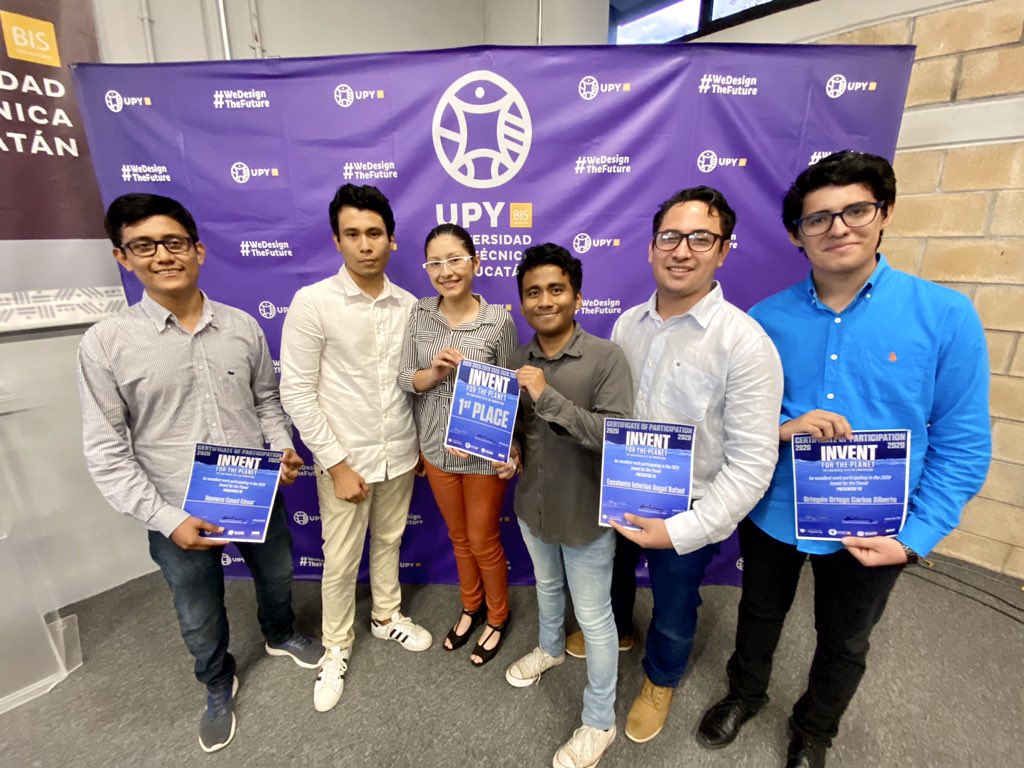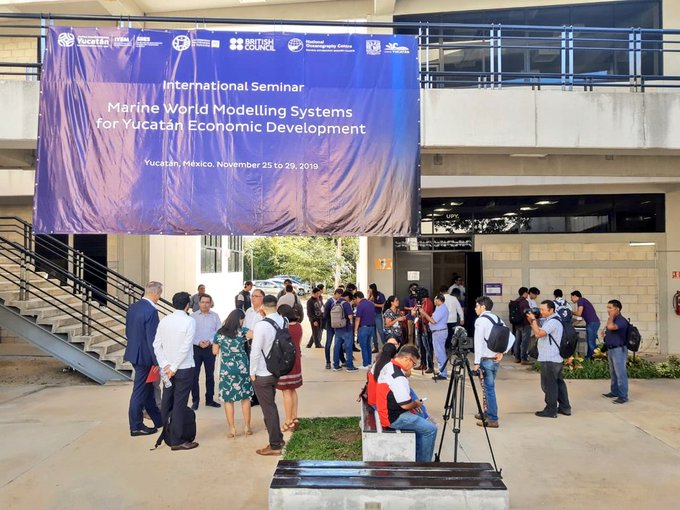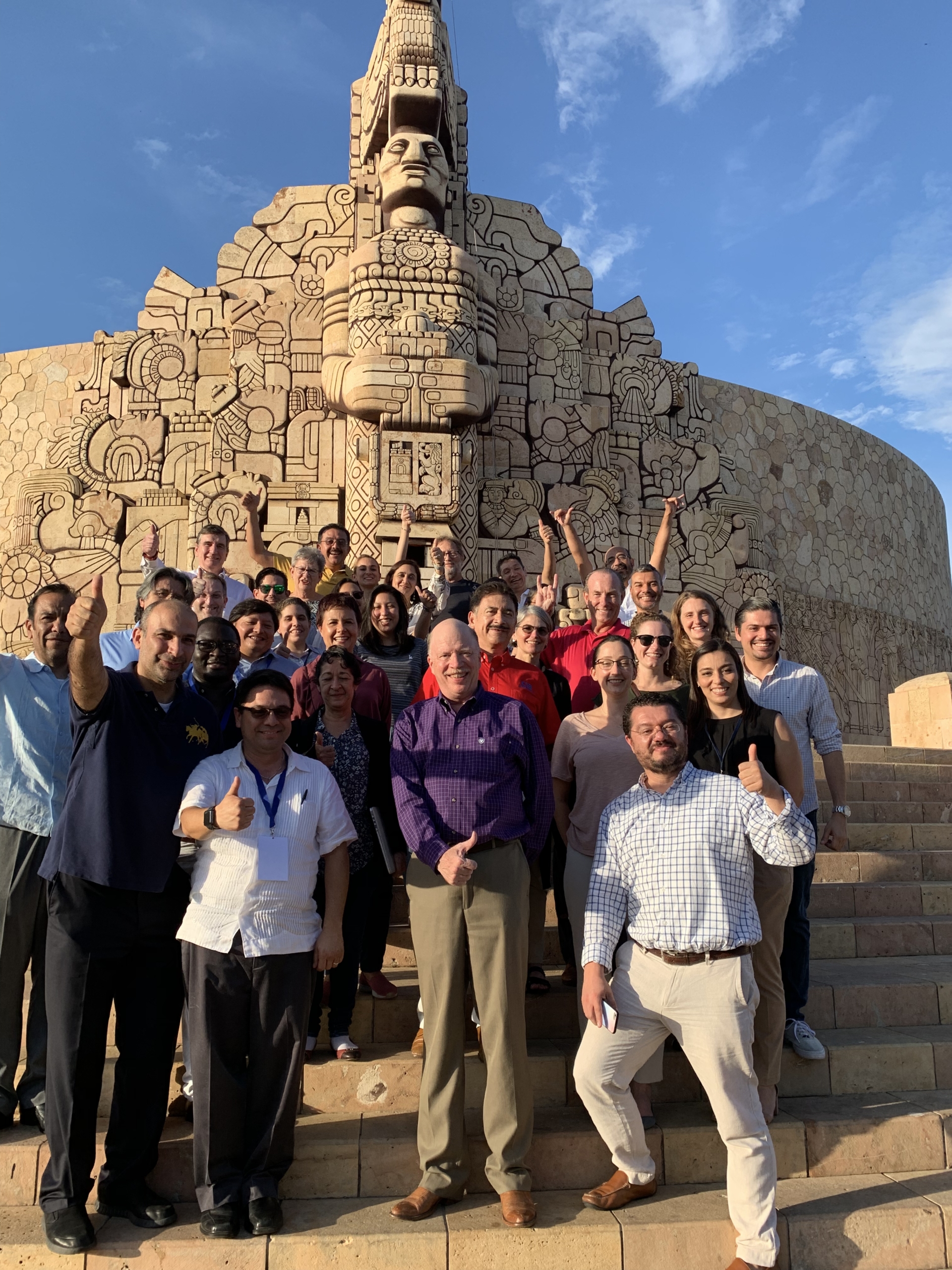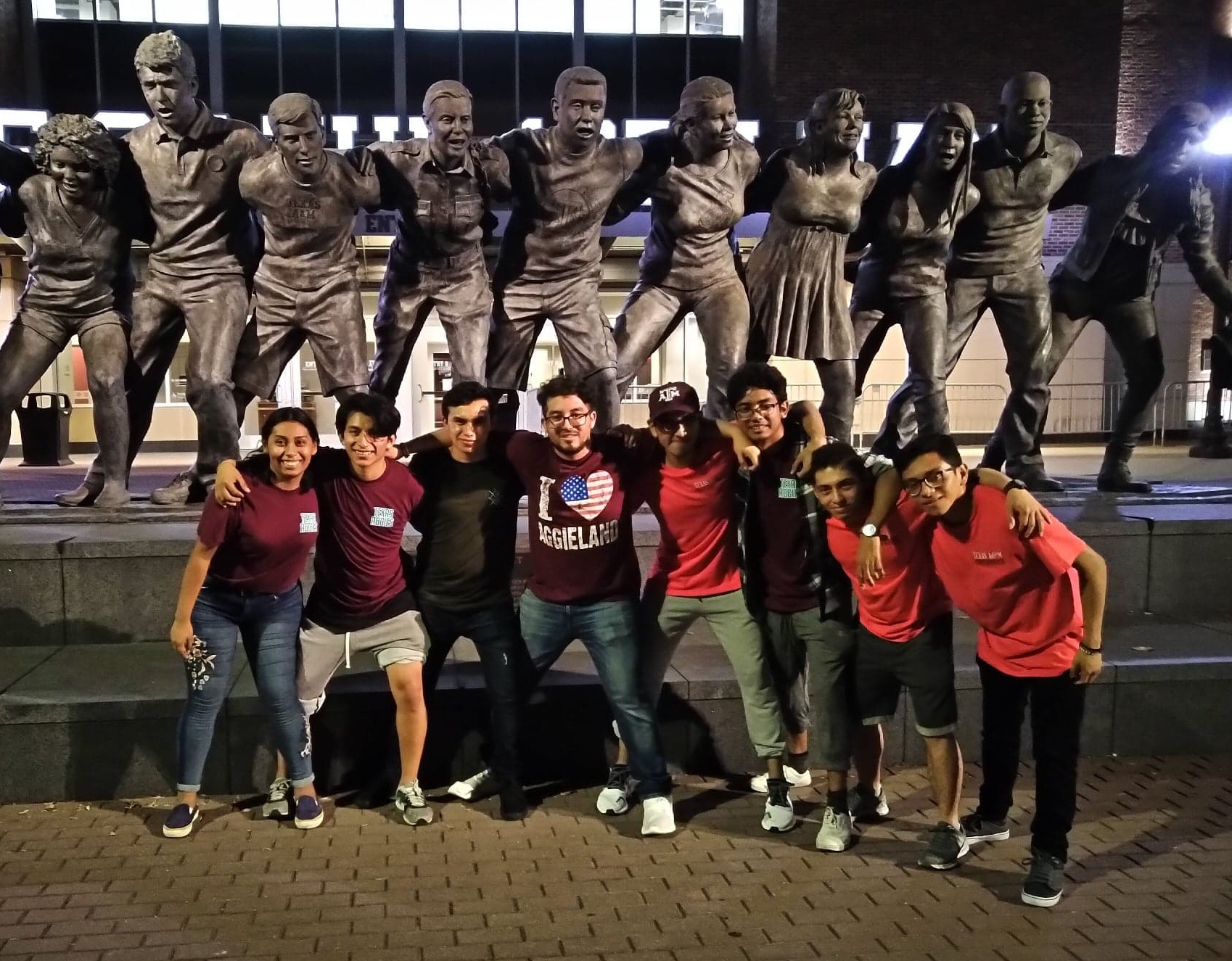Forty-four Texas A&M Students piled into two open-windowed buses on the first day of the Engineering Learning Community Introduction to Research (ELCIR) trip, for a tour of Merida, the capital city of Yucatan, Mexico.
The students were bused around the city as a local guide described important aspects of the city, monuments, homes, architecture and traditions important to the Merida’s history.
First the students were taken down Paseo de Montejo, a main road where many of the city’s monuments are located, along with mansions of well-known families in the city. The Monumento a la Patria is a central attraction on the Paseo de Montejo, as it is the centerpiece to a roundabout. This sculpture depicts the history of Mexico as it is seen and told in the Yucatecan culture.
As the tour moved along, it became evident the number of different cultural influences Merida has had over many centuries; Mayan, Spanish, French, British, and to a lesser extent Caribbean culture has influenced the architecture as seen throughout the city.
The students had the rare opportunity to visit a private cenote (underground cave filled with groundwater) located on a monastery’s grounds within the city. Because of it’s location and geology, the Yucatan Peninsula is well known for it’s underground waterways or aquifers, which have created many sinkholes and cenotes over thousands of years because of the nature of the Yucatan’s karstic geology.
The tour finished up at the central square in Merida, Plaza Grande, where students posed in front of the colorful ‘Merida’ sign and had the chance to get a birds eye glimpse of the square from the City Hall government building.
*Follow the Flickr Page HERE to see more Merida tour bus photos.
Article written by Anna Heller







Follow Us